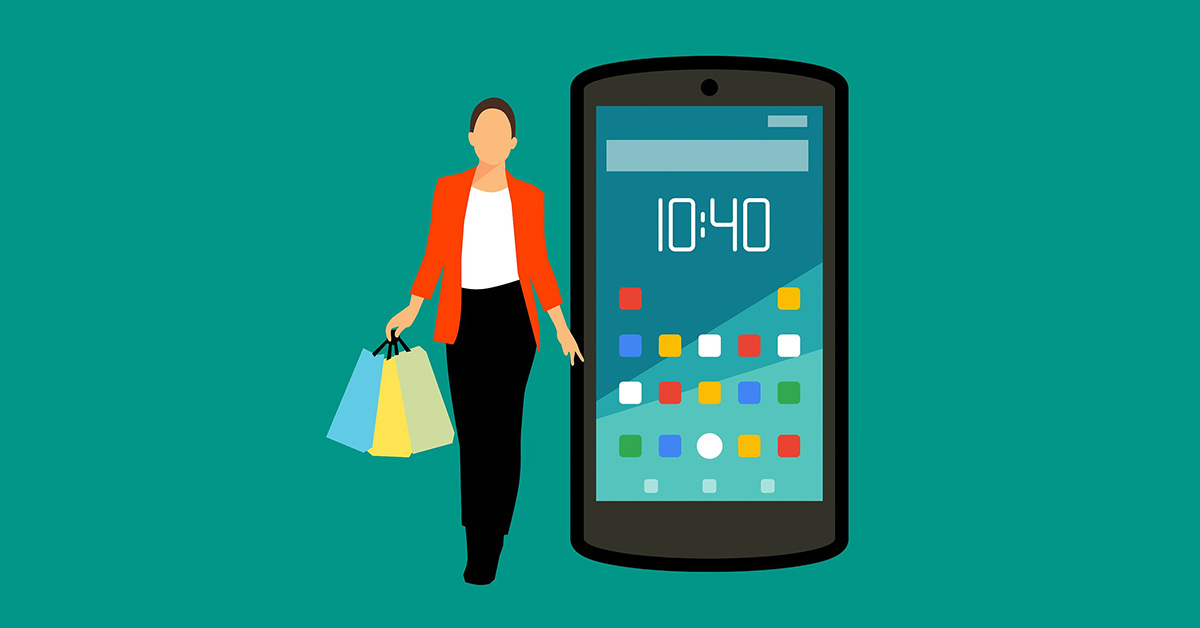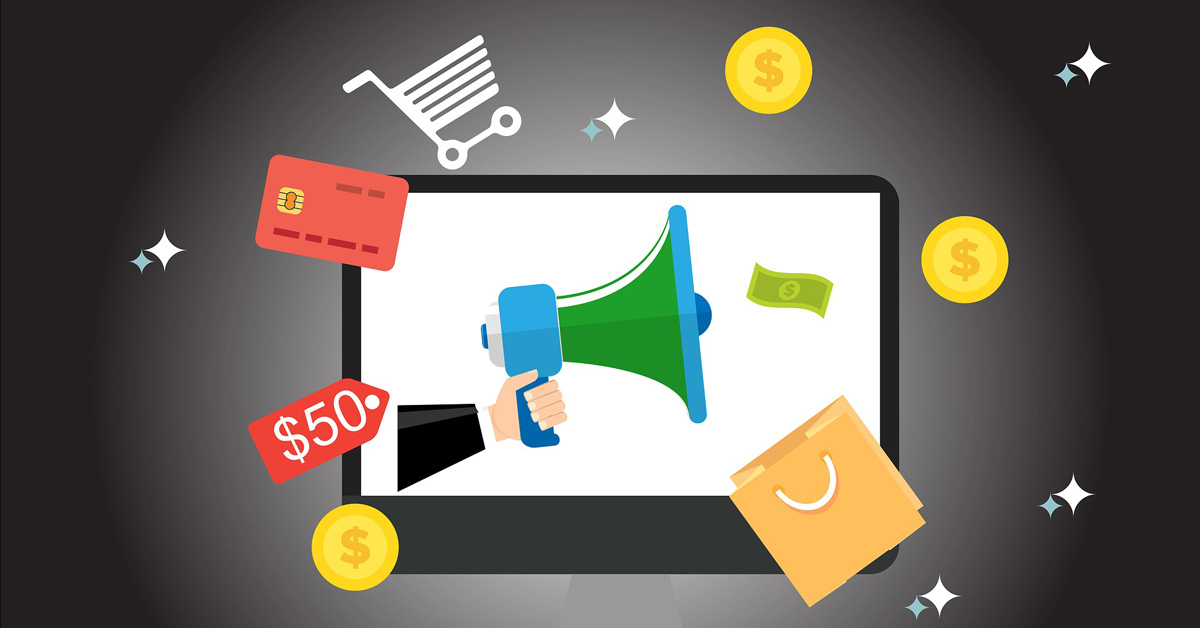Over the past year, online buying (e-commerce) has more than doubled. Even those who were previously complacent about purchasing over the internet have converted for the added convenience and to offer clients a safe, zero-contact place to shop. Meanwhile, companies have quickly pivoted to take advantage of the new demand and to keep their businesses on top. So how do you ensure a good experience for online customers, whether they are browsing or buying?
Make a Good 1st Impression
Your primary focus should be to ensure that customers have a good experience, starting from the moment they land on your website, including:
- Quick load time
- Easy-to-find search bar
- Easy-to-find contact information
- Multiple payment options (including PayPal)
Ensure that your website is not making any of these top website mistakes to reinforce a positive customer experience – it will result in quicker sales and fewer abandoned customer journeys.

Have an Online Store
Even if you only offer curbside pickup or want to expand into delivery, your customers won’t be able to do much unless you have an e-commerce platform. Added convenience, safety, and price transparency of an online store can help increase your sales and bridge any gaps you may be experiencing in the current climate.
Depending on the number of products and your inventorying systems, implementing an online story can run the gamut from super easy to a bit more complex. If the associated cost isn’t something your business can bear, and you’re in British Columbia, we recommend looking into the recently-announced Launch Online grant, which could potentially provide your business with up to $7,500 to enhance your online presence.
Update your Google My Business Listing
Your website might not be the first place that customers learn about your business – odds are Google My Business could be their first stop. Help customers find what they’re looking for with all the relevant information – hours of operation (for your physical location or phone/online support), link to your website, and contact information. Include photos and videos as well and update these often.

Ask for (and Respond to) Reviews
When you consider that 93% of consumers say that an online review influences their purchase decision and positive reviews result in 31% more spending, it’s not hard to see the value of including reviews wherever possible. Here are a few quick tips:
- Include both company reviews and specific product/service reviews on your website
- Response to all reviews quickly (within 24 hours) – including on third-party platforms like Google My Business, Yelp, TripAdvisor, etc.
- Have policies in place to manage negative reviews (and possibly encourage a change/removal)
- Set up automation to request reviews from customers after they receive their purchase
Provide Contact Info / Support / Live Chat
There’s nothing worse than having difficulty on a website and not being able to get help quickly. You can help keep customers on their purchase journey by ensuring they can get assistance when needed. Ideally, a customer should have the ability to chat with a live sales agent, but barring that, there should be an easy-to-find method for website support to help them resolve the issue.

Personalize Customer Experiences
Customers still want to have a personalized experience when shopping online. Consider – if you were to shop at two stores offering identical products and prices, which store would you return to? The one that makes you feel more comfortable, listened to, and that took the time to get to know you and your needs! While you can’t offer the exact same type of service online, you can help customers feel more appreciated with the following:
- A personalized landing page
- A list of recently viewed items
- Recommendations on other items they might be interested in based on viewing/purchase history
- Language options (to view in their native language)
- Personalized emails – not just their name, but the other items mentioned above
Setting up personalization may take some work, as well as linking your e-commerce platform to your email automation software, but it is worth the effort results in larger, more frequent purchases from your customers.
Stay in Touch After the Sale
Completing a sale is just the beginning of your relationship with your customer, not the end! Remaining in touch with customers is an easy way to encourage future sales and far less of an investment than trying to attract new customers. Here are a few methods to stay in touch:
- Thank you for your purchase email
- Request for feedback/review after receipt of purchase
- New product release alerts
- We haven’t seen you in a while…(include a coupon or incentive to come back)
- Buyers guides, hacks, or customer stories
- Sales alerts on previously purchased/wish list items
- Birthday card/email
Having a good email marketing automation program set up will help remove most of the work on your end, you can just sit back and watch as customers continue to return!
Think of the last few times you shopped online – what did you like/dislike about the process? Ensure your website is only embracing the positive aspects so your customers can enjoy their online experience.